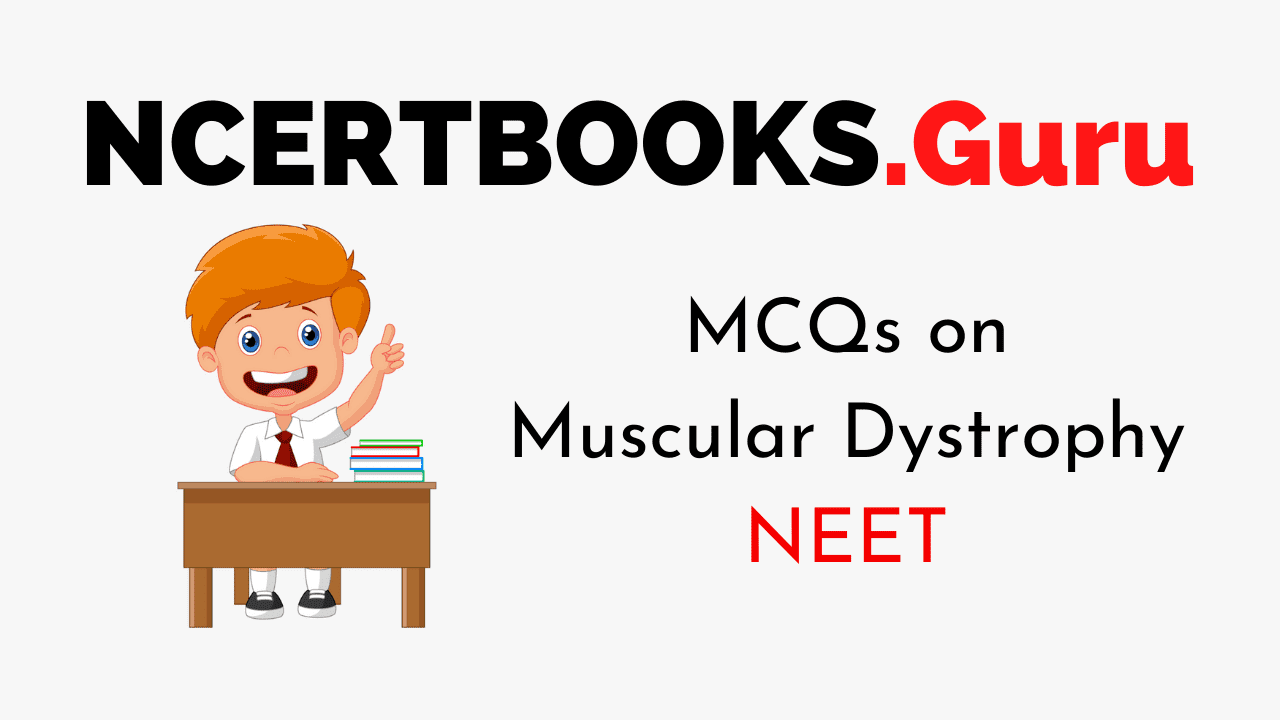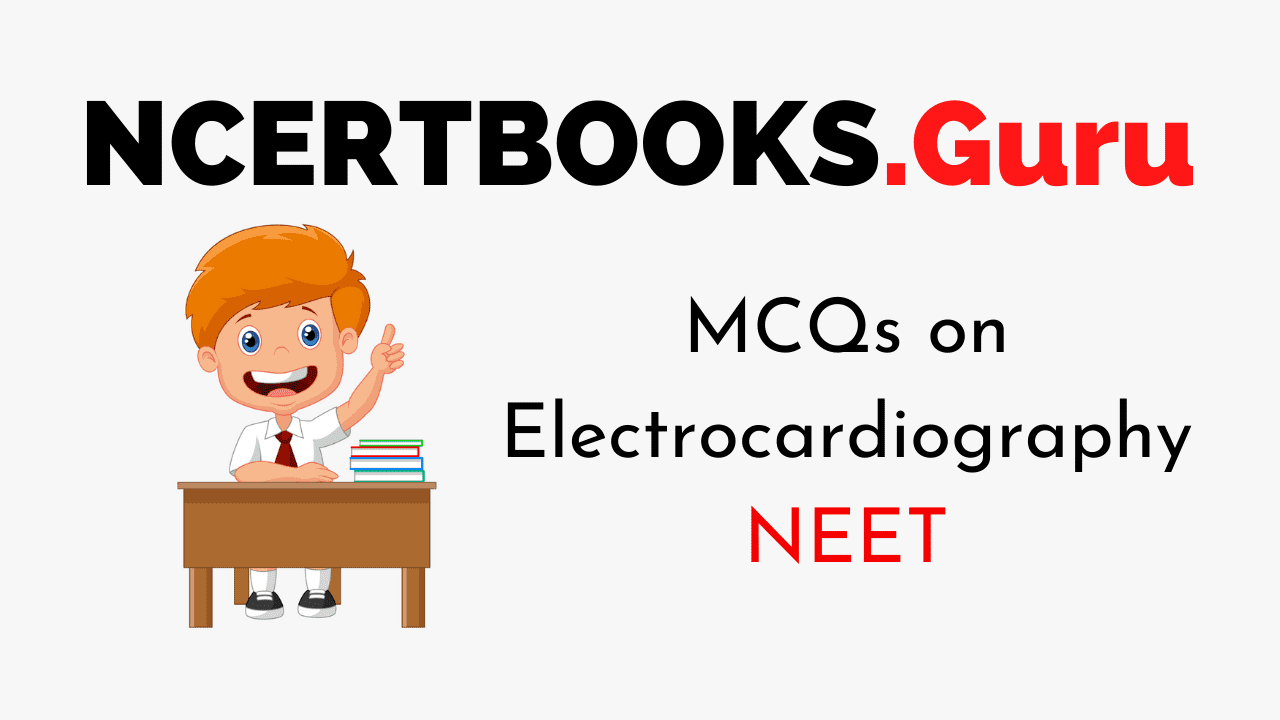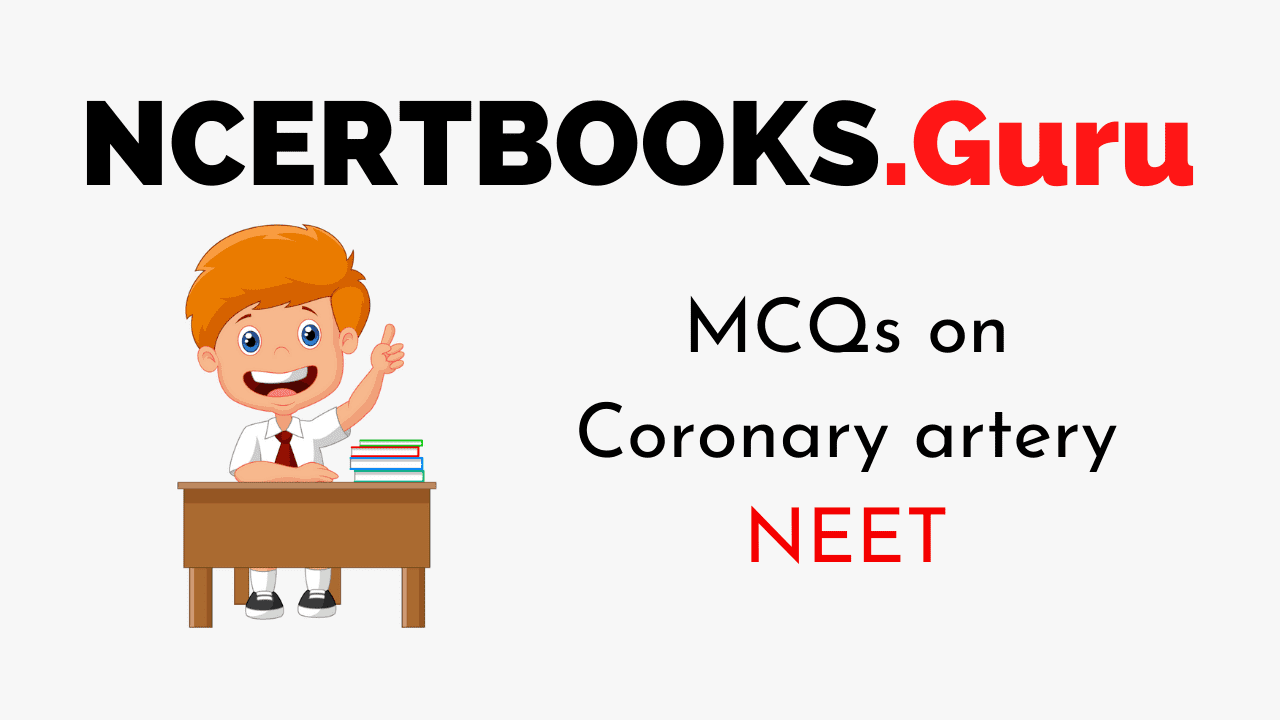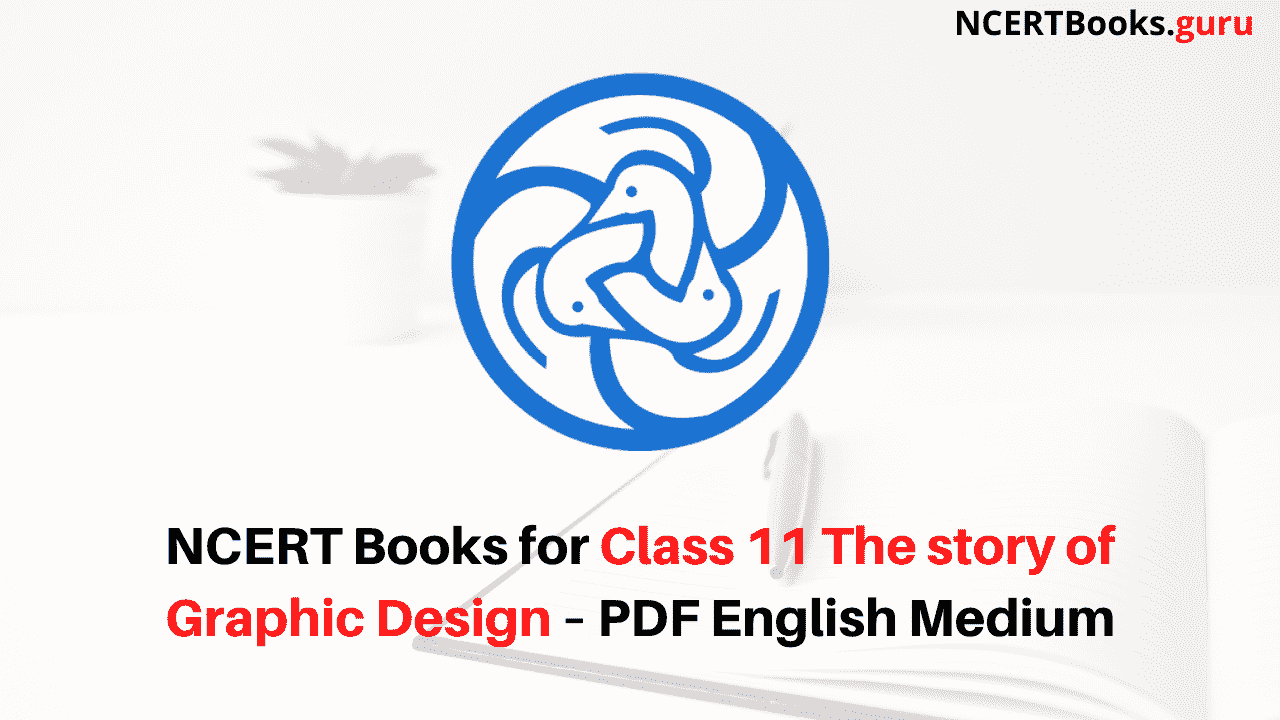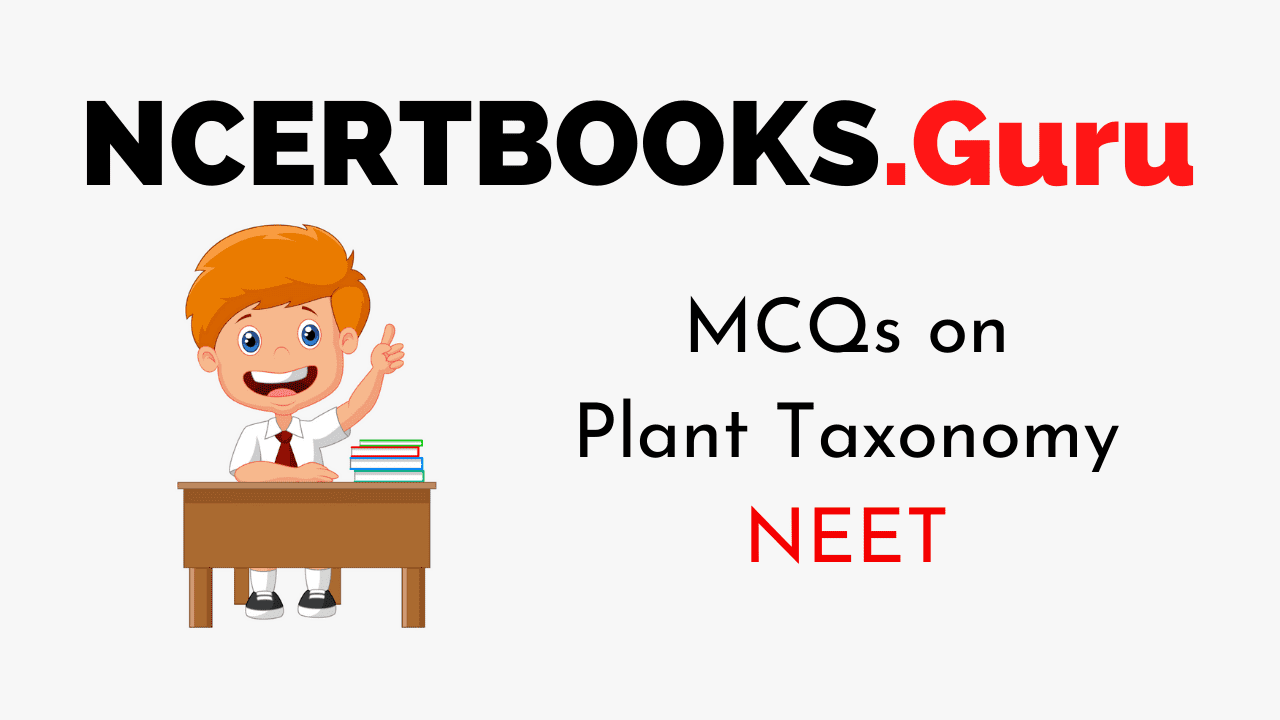NEET Biology is the scoring paper in the medical entrance examination. Here, you will discover the NEET Biology MCQ Questions for all Concepts as per the latest syllabus. Practice more on a regular basis with these NEET Biology objective questions on air pollution and improve your subject knowledge & problem-solving skills along with time management. NEET Biology Muscular Dystrophy Multiple Choice Questions make you feel confident in answering the question in the exam & increases your scores to high.
MCQs on Muscular Dystrophy
1. One of the ways scientists suggest to find a treatment for muscular dystrophy is
(a) replacing muscles
(b) create customized diets for them to be healthier and stronger
(c) attempt to correct defective genes so it creates the right proteins
(d) none of these
Answer
Answer: (c)
2. Define muscular dystrophy
(a) Diseases which destruct the muscles of the body
(b) diseases which cause the muscles to get disproportionate
(c) born with too many or too little muscles
(d) diseases which do not allow muscles to grow
Answer
Answer: (a)
3. Muscular dystrophy can affect
(a) Only humans
(b) Only animals
(c) Both animals and humans
(d) Only plants
Answer
Answer: (c)
4. Another way that scientists propose as a treatment to cure muscular dystrophy is
(a) Removal of defective genes
(b) Replacing defective genes after removing with parents genes again
(c) Discovering chemicals which can substitute the missing chemical
(d) none of these
Answer
Answer: (c)
5. _____________ is not a form of muscular dystrophy
(a) Lunar dystrophy
(b) Myotonic dystrophy
(c) Duchenne muscular dystrophy
(d) Facioscapulohumeral dystrophy
Answer
Answer: (a)
6. The protein whose production gets affected in Duchenne muscular dystrophy is
(a) Actin
(b) Myotropin
(c) Dystrophin
(d) Leucovorin
Answer
Answer: (c)
7. The gene responsible for causing Duchenne muscular dystrophy is found on
(a) Y chromosome
(b) X chromosome
(c) Autosomal chromosome number 5
(d) Autosomal chromosome number 8
Answer
Answer: (b)
8. The enzyme, whose blood levels is increased in patients with Duchenne muscular dystrophy is
(a) Carbonic anhydrase
(b) Dystrophin kinase
(c) Adenosine triphosphate
(d) Creatinine phosphokinase
Answer
Answer: (d)
9. Duchenne muscular dystrophy can be cured with
(a) Allopurinol
(b) Creatinine phosphokinase inhibitors
(c) Corticosteroids
(d) None of these
Answer
Answer: (d)
10. The involvement of this muscle affects the breathing in Duchenne muscular dystrophy
(a) Triceps
(b) Biceps
(c) Diaphragm
(d) Quadriceps
Answer
Answer: (c)
